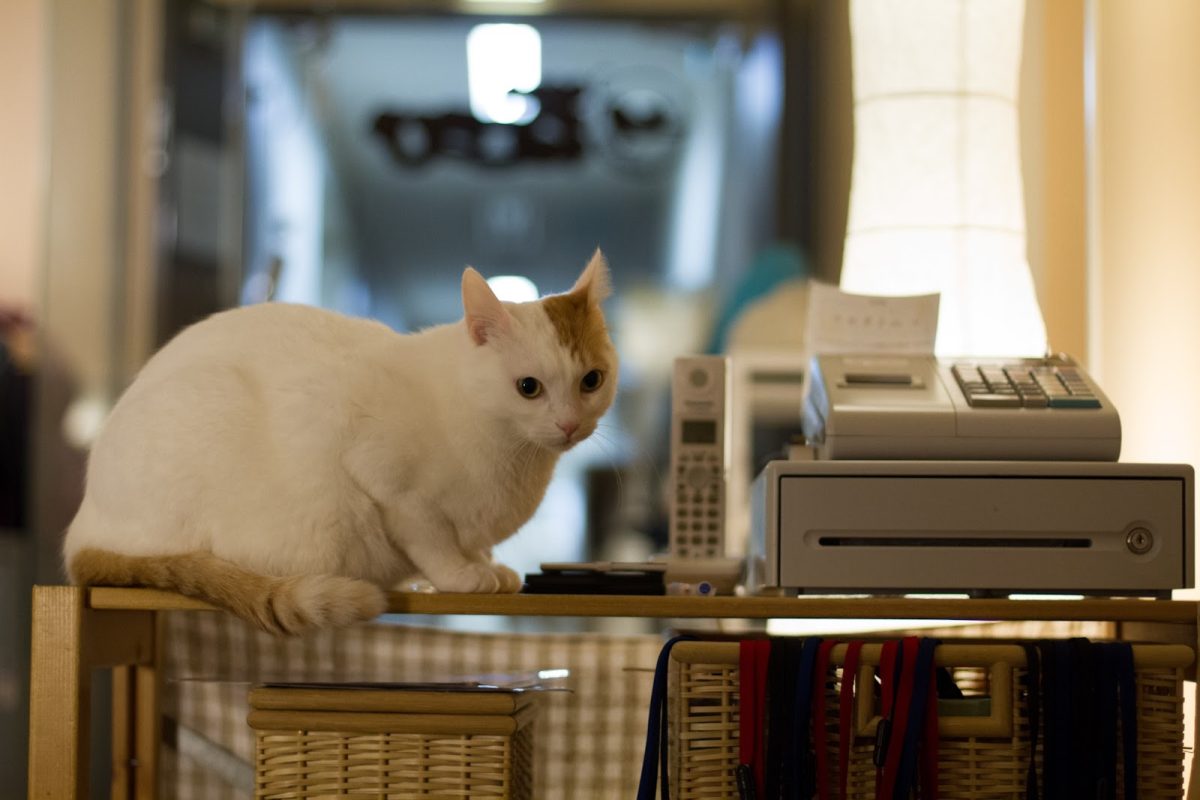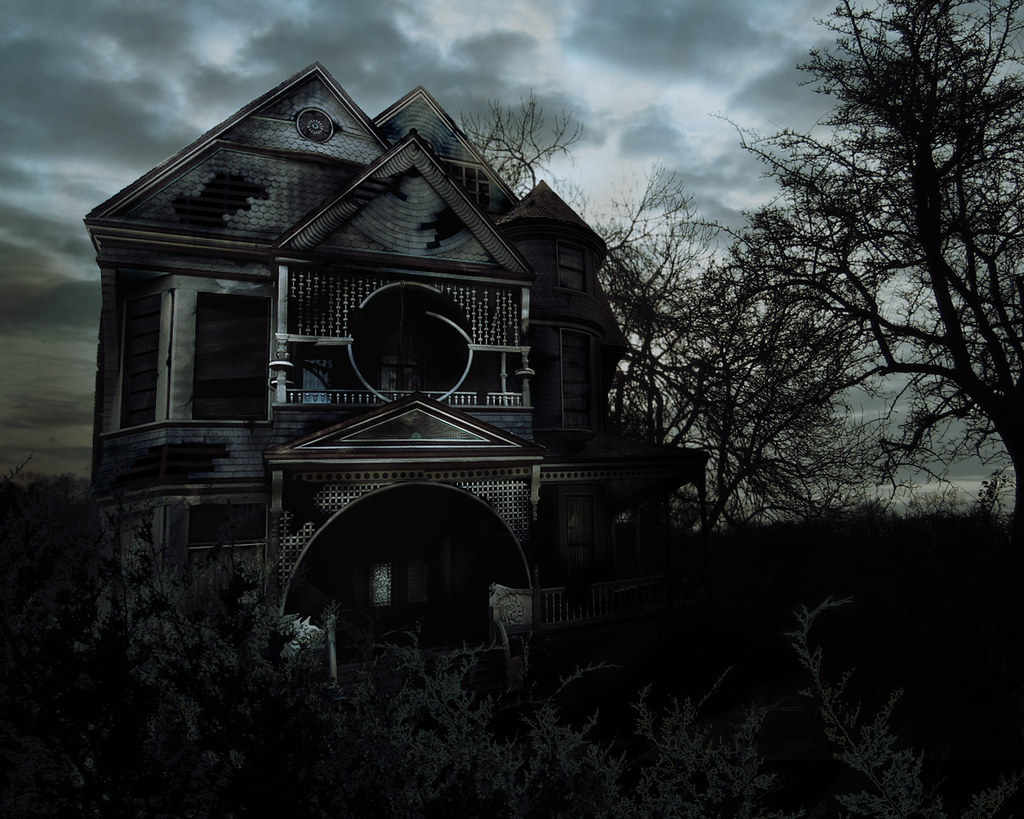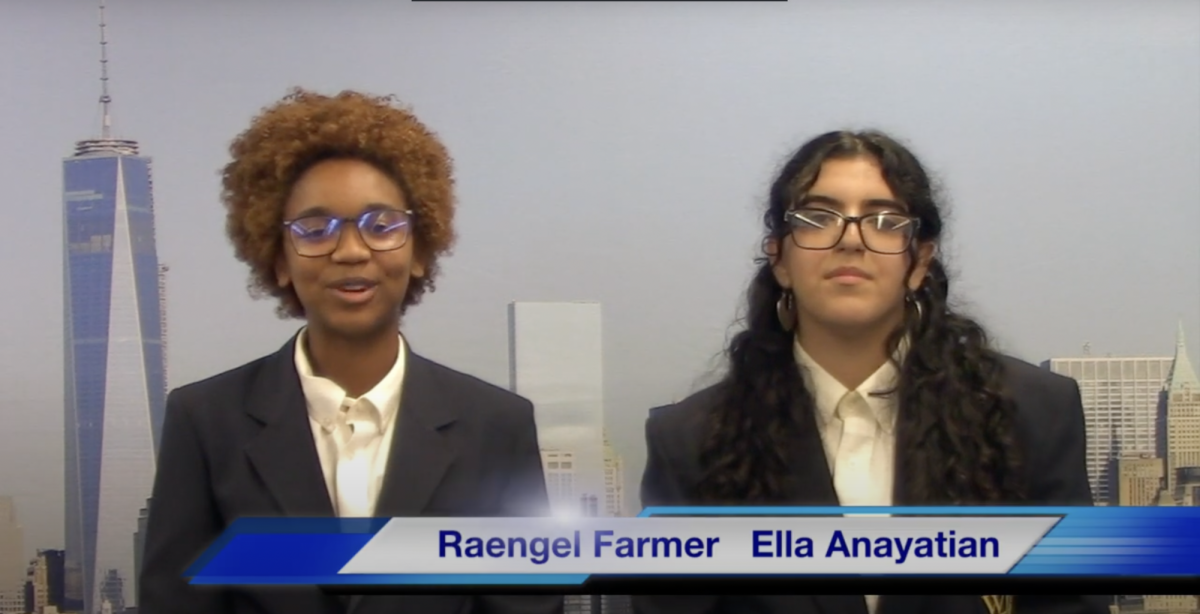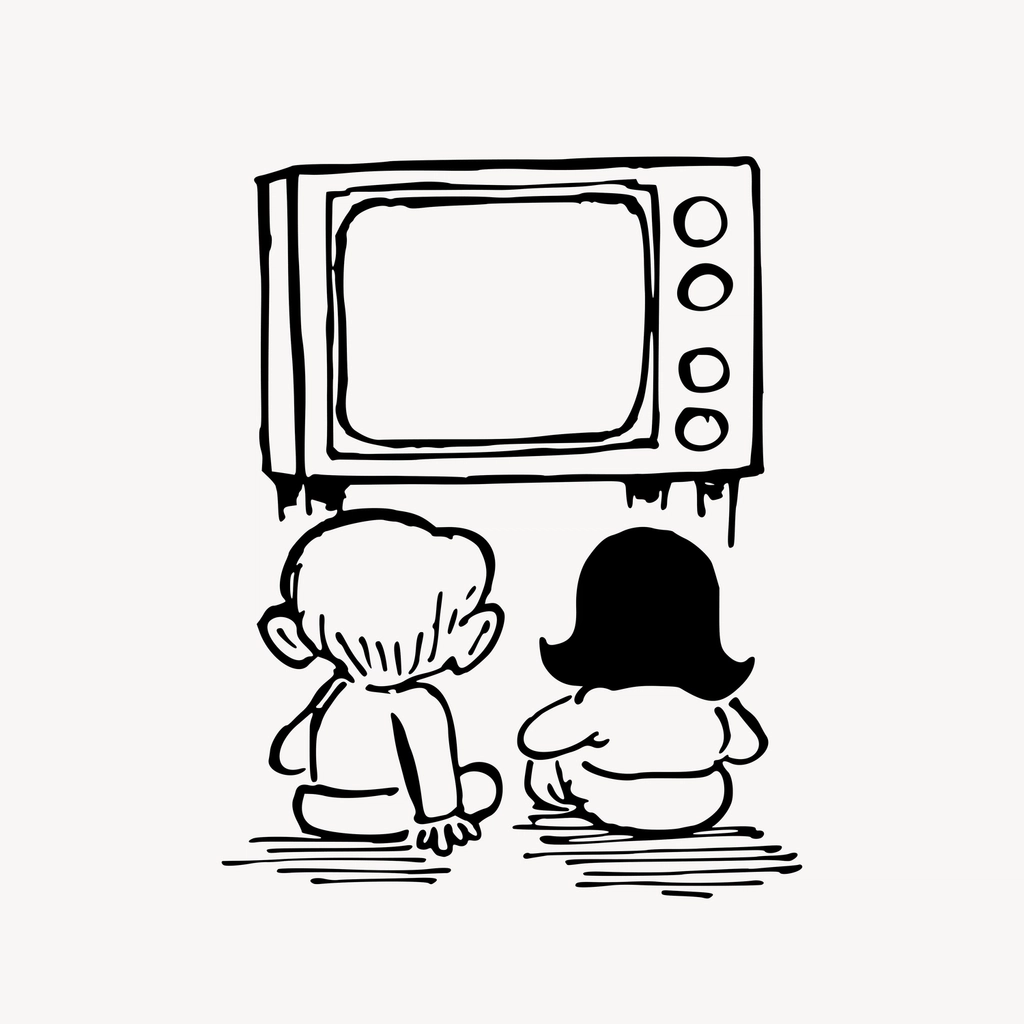In recent years there’s been a notable increase in LGBTQ representation throughout media, including children’s cartoons. Thus, this progression has sparked controversy, with some claiming that the representation is unnecessary or harmful.
The most common misconception being that there’s an agenda to “make” people gay through media influence.
First, the concept of an agenda to make children LGBTQ through content is unproven. Sexual orientation and gender identity are deeply personal aspects of somebody’s identity, unaffected by external influences like cartoon characters.
Many LGTBQ members have discovered their identity regardless of priorly facing heavily centered heterosexual media.
It may be argued that LBTQ representation in cartoon media is inappropriate for kids. However, LGBTQ individuals are a natural and normal part of society and their stories deserve to be told.
Just as heterosexual characters are portrayed without speculation, LGBTQ characters should also be represented without being accused of pushing an agenda. Shielding children from LGBTQ representation doesn’t protect them; instead, it produces stigmas and reinforces the idea that LGBTQ identities are shameful or taboo.
WJPS 11h grader Ella Anayatian said, “LGBTQ representation allows people to be seen and heard.”
WJPS 12h grader Gabrielle Angel said, “Having LGBTQ characters in media helps normalize identities.”
Additionally, LGBTQ representation in cartoon media is meant to and is essential in forming inclusivity and compassion. It challenges stereotypes and extends societal perception when normalizing characters and placing them in diverse roles.
Overall validating the community, who typically are marginalized or unapparent in mainstream media, by giving them a spotlight on screens.
“Kids watching TV clip art” is marked with CC0 1.0.





































